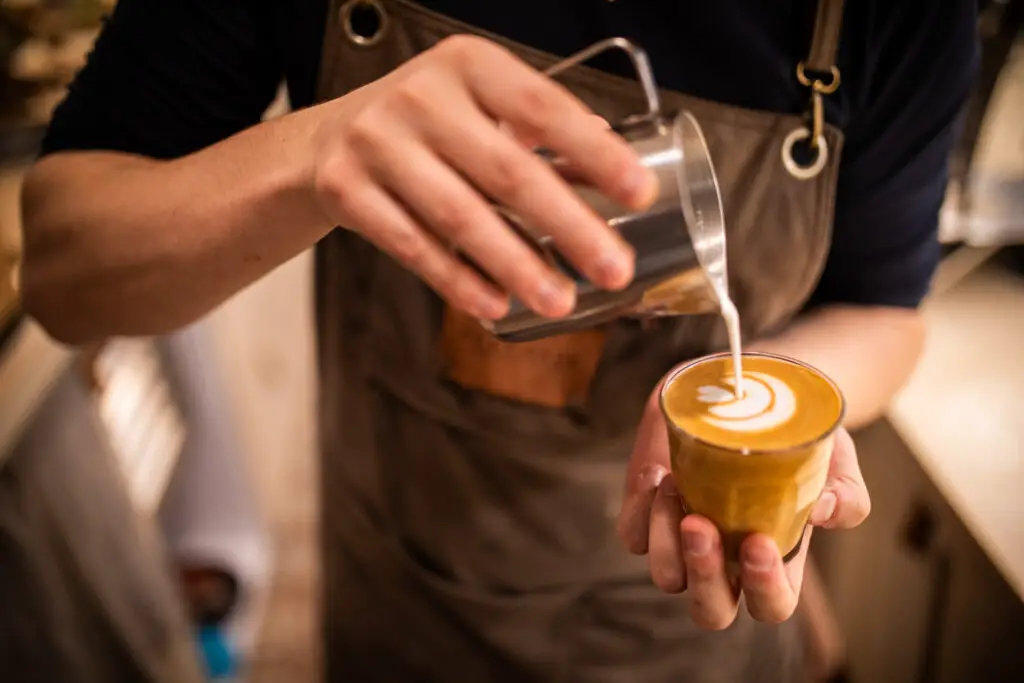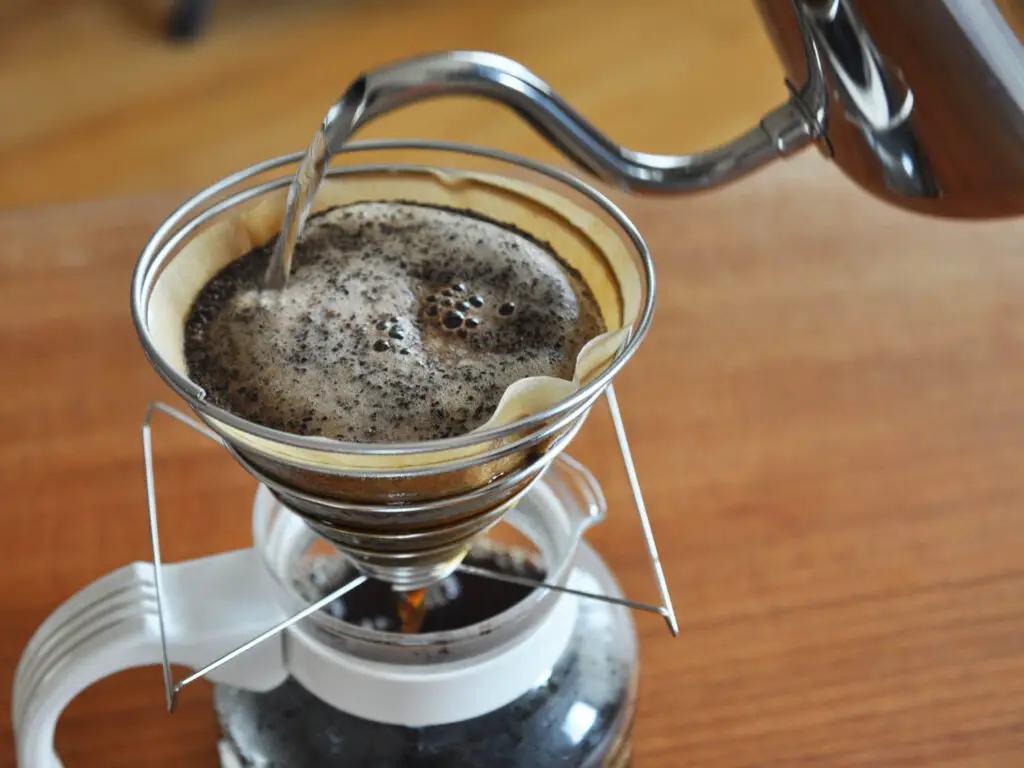Introduction
Coffee is a beloved beverage enjoyed by millions of people around the world. But have you ever stopped to wonder about the science behind this caffeinated delight? In this article, we’ll explore how coffee is made, from bean to cup, and delve into the fascinating chemistry that makes it all possible.

The Coffee Bean
Origins
Coffee begins its journey as a humble bean, harvested from the Coffea plant. These plants are typically grown in regions with specific climate conditions, known as the “coffee belt,” which stretches around the equator.
Processing
Once the coffee cherries are ripe, they are harvested and processed to extract the beans. There are several methods for processing coffee beans, including the dry method, where the cherries are left to dry in the sun, and the wet method, where the cherries are pulped to remove the outer skin before drying.
Roasting
After processing, the green coffee beans are ready for roasting. Roasting is a critical step in coffee production, as it brings out the flavors and aromas we associate with coffee. During roasting, the beans undergo chemical changes that result in the familiar brown color and characteristic coffee flavor.

Brewing
Grinding
Before brewing, the roasted coffee beans must be ground to a suitable consistency. The size of the grind will affect the flavor of the final cup of coffee, with finer grinds typically used for espresso and coarser grinds for methods like French press.
Extraction
Brewing coffee is essentially the process of extracting flavor compounds from the ground coffee beans using hot water. This extraction is facilitated by factors such as temperature, time, and pressure, which all influence the final taste of the coffee.
Variables
There are many variables to consider when brewing coffee, including the water-to-coffee ratio, brewing time, and water temperature. Experimenting with these variables can help coffee enthusiasts fine-tune their brewing process to achieve the perfect cup.

The Chemistry of Coffee
Flavor Compounds
Coffee contains hundreds of different chemical compounds that contribute to its flavor and aroma. These compounds include acids, sugars, oils, and volatile organic compounds, which are released during roasting and brewing.
Maillard Reaction
One of the key chemical reactions that occurs during coffee roasting is the Maillard reaction. This reaction, between amino acids and reducing sugars, produces a complex mixture of flavor compounds that give coffee its characteristic taste and aroma.
Caffeine
Of course, no discussion of coffee would be complete without mentioning caffeine. Caffeine is a natural stimulant found in coffee beans, which acts on the central nervous system to increase alertness and reduce fatigue. The amount of caffeine in a cup of coffee can vary depending on factors such as bean variety and brewing method.
Variation in Caffeine Content
The amount of caffeine in a cup of coffee can vary depending on factors such as bean variety and brewing method. Generally, darker roasts have slightly less caffeine than lighter roasts, as some caffeine is lost during the longer roasting process.
Health Effects
While moderate caffeine consumption is generally considered safe for most people, excessive intake can lead to negative side effects such as insomnia, anxiety, and increased heart rate. It’s essential to consume coffee in moderation and be mindful of individual tolerance levels.
Conclusion
From humble bean to aromatic brew, the journey of coffee is a fascinating exploration of science and flavor. By understanding the processes involved in coffee production and the chemistry behind its taste, we can deepen our appreciation for this beloved beverage. So, the next time you sip your morning cup of coffee, take a moment to savor the science behind it all.